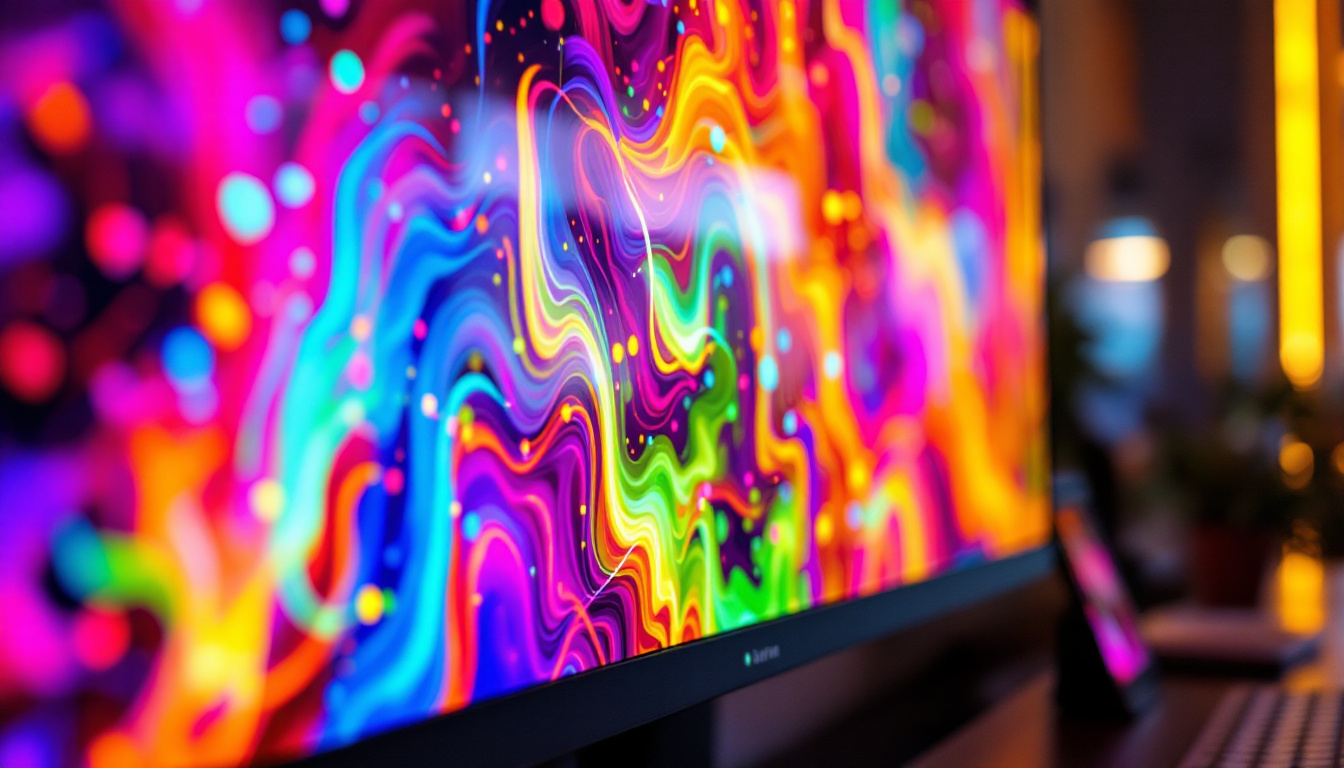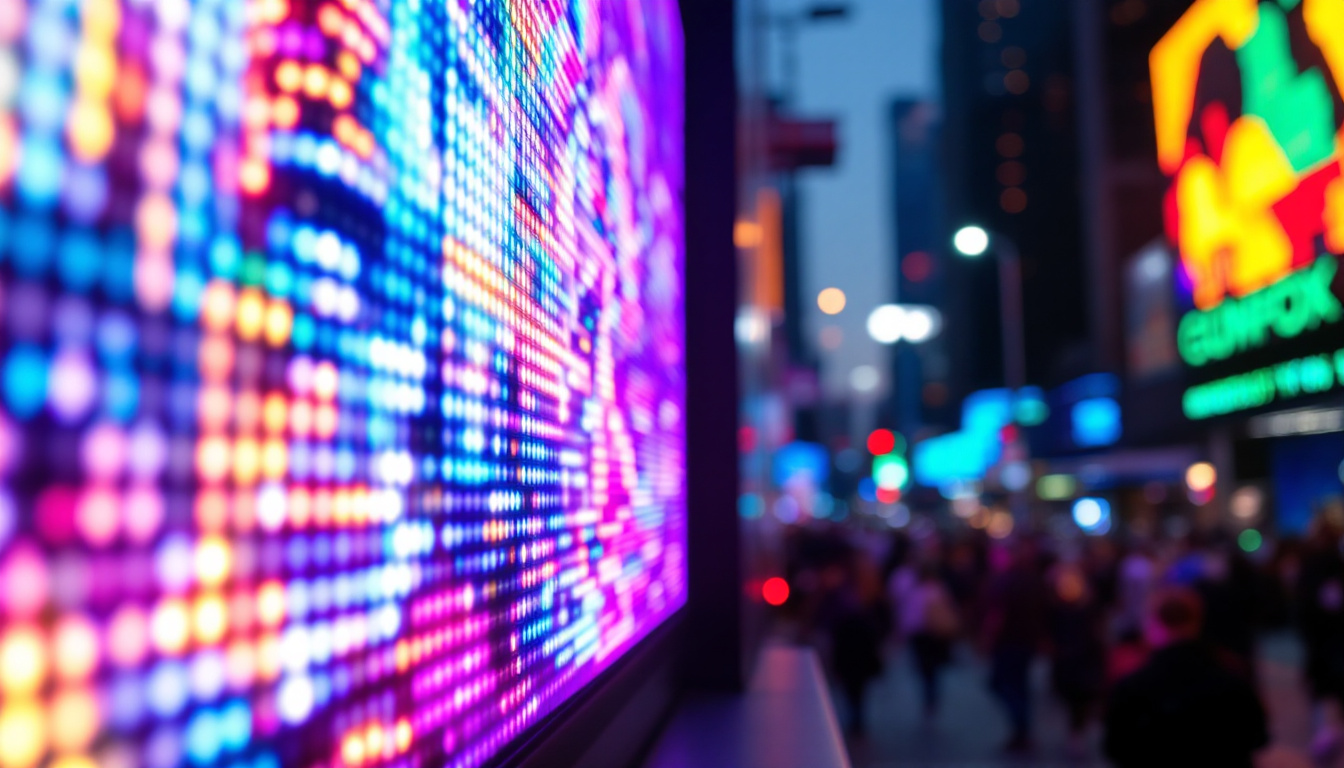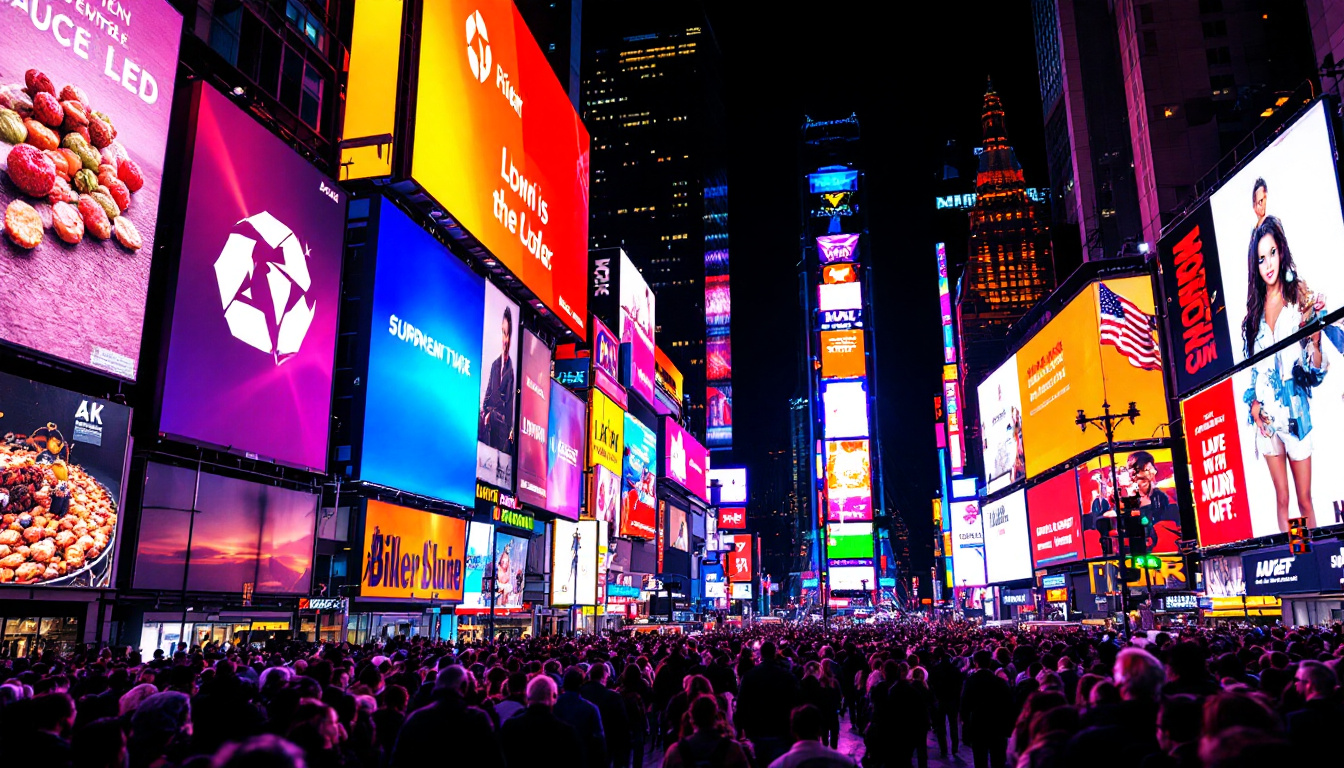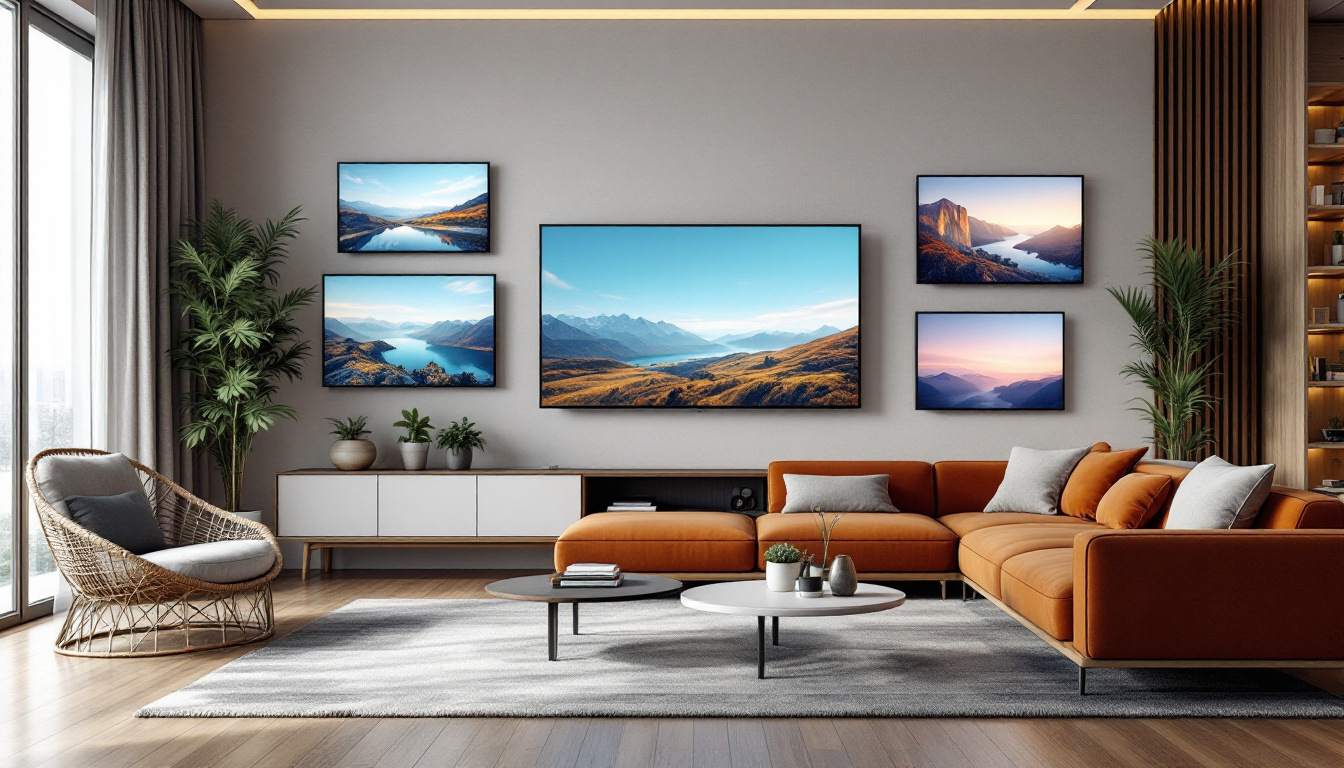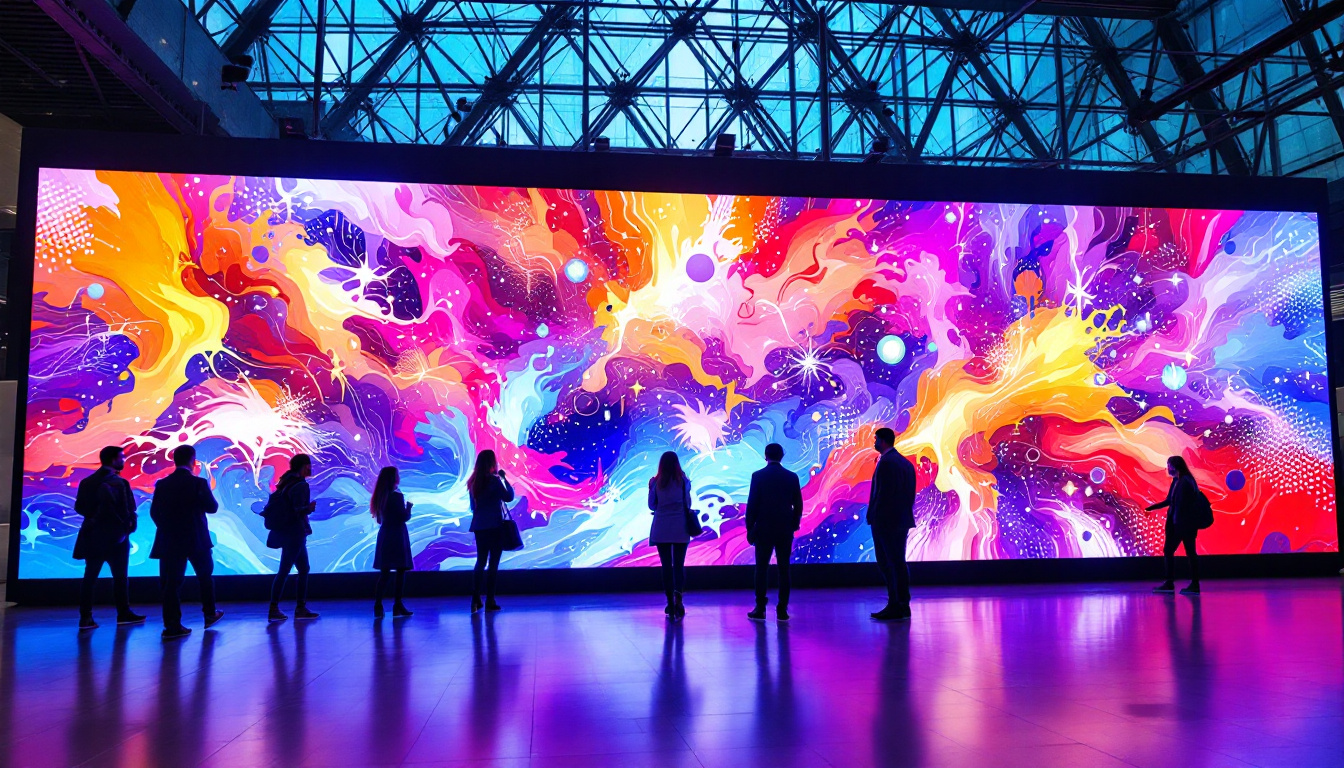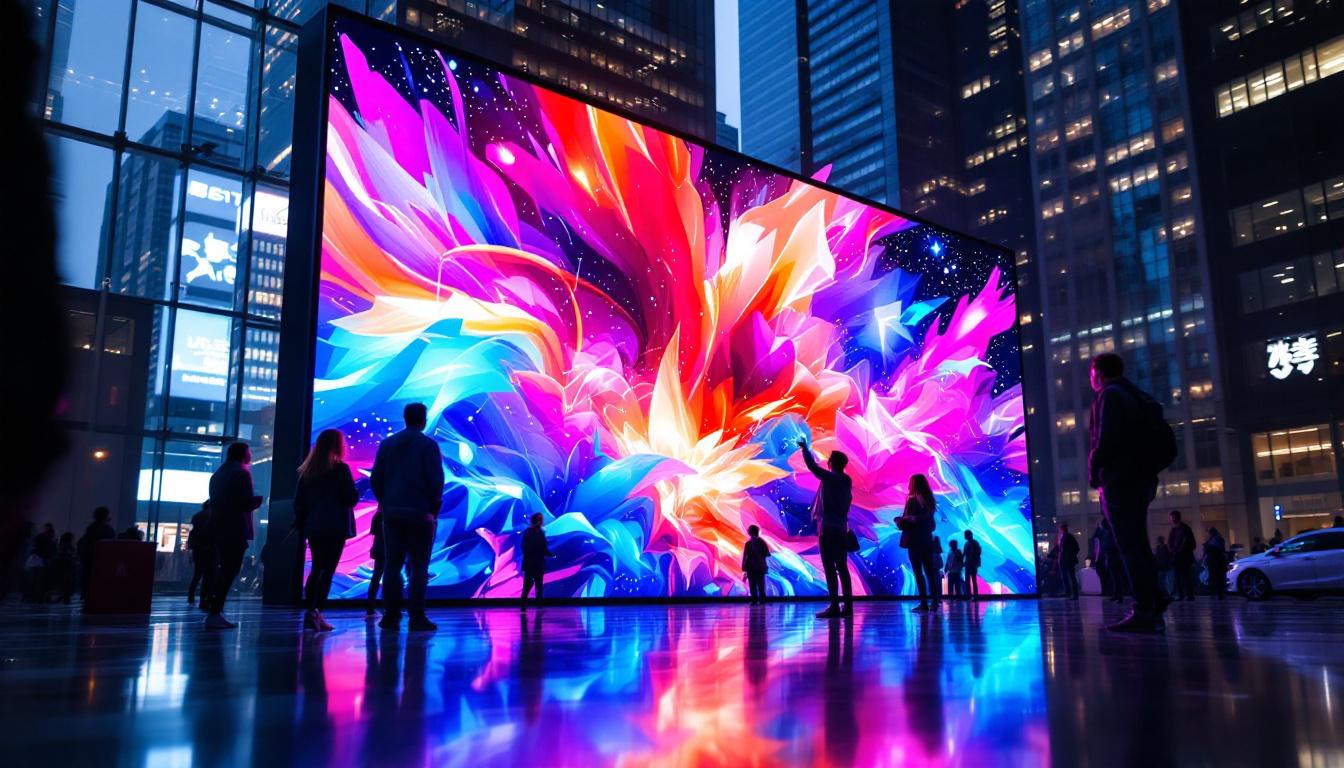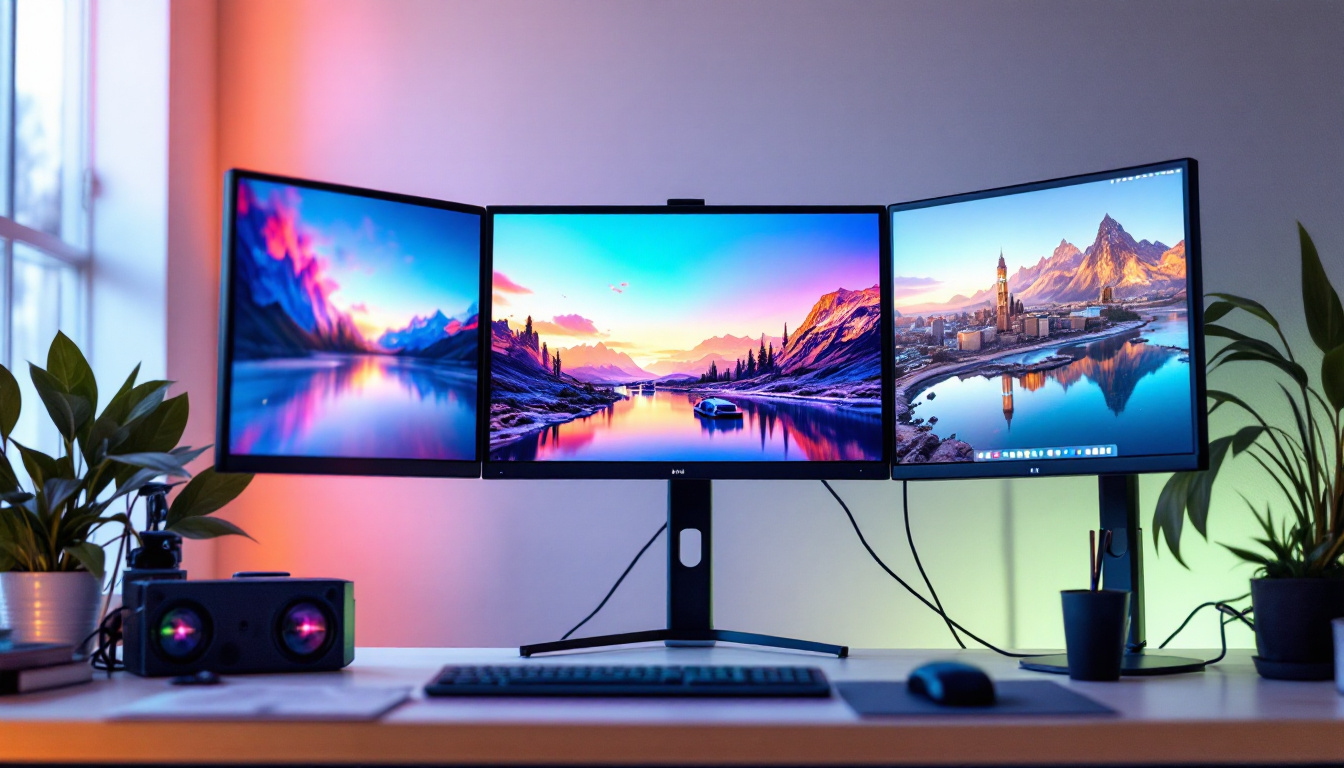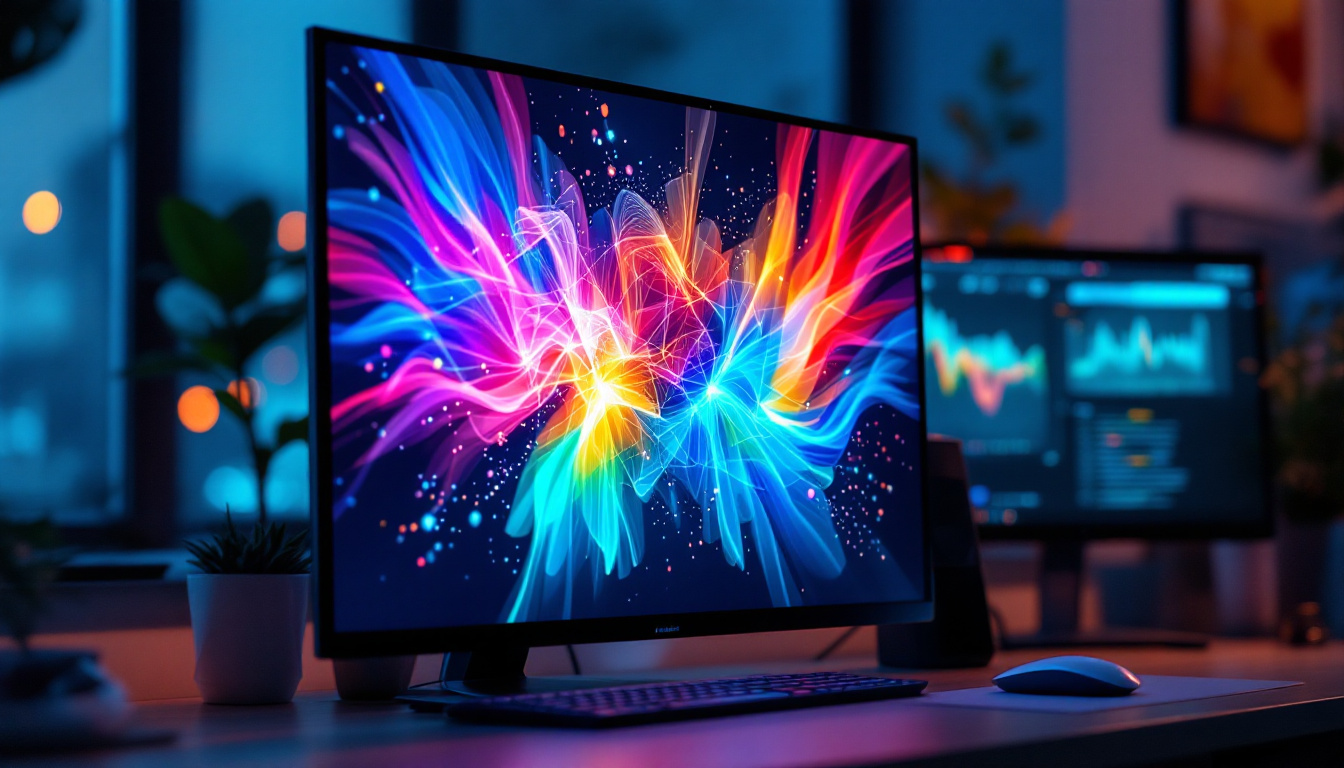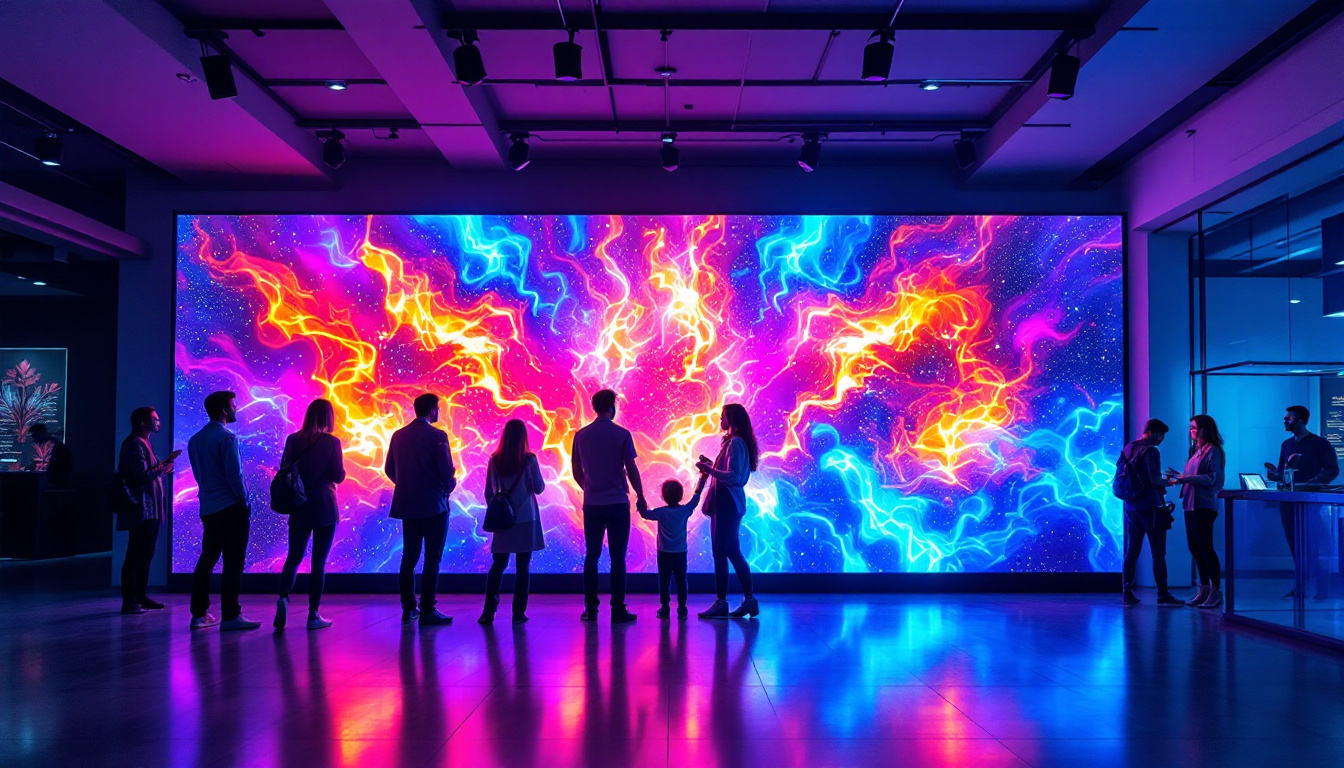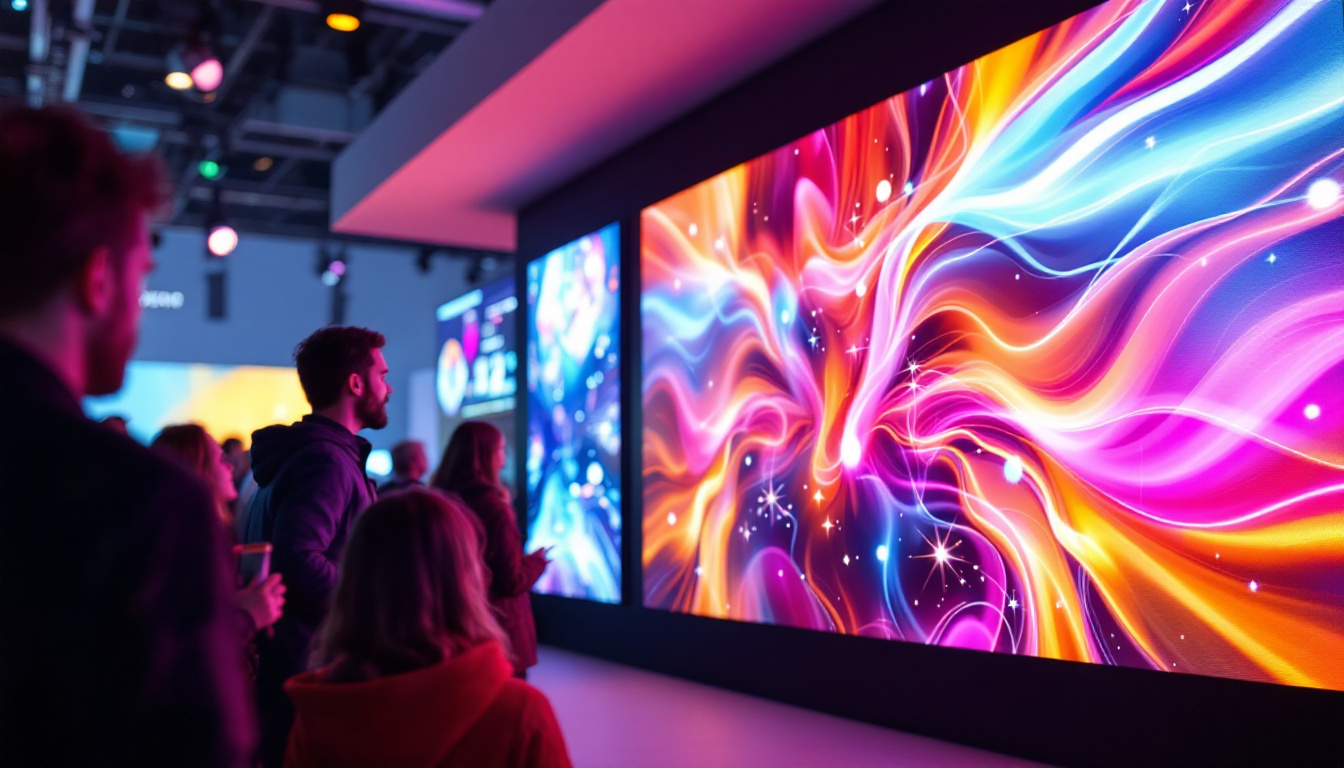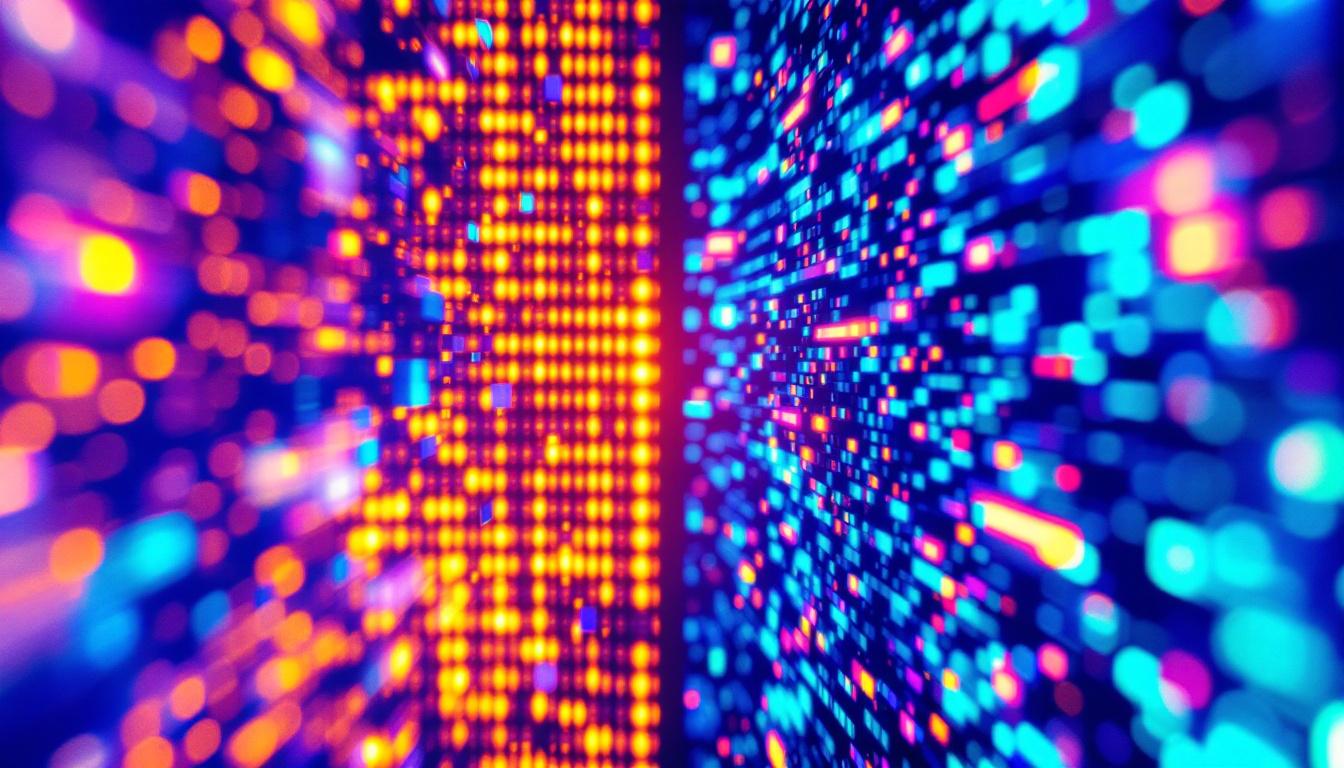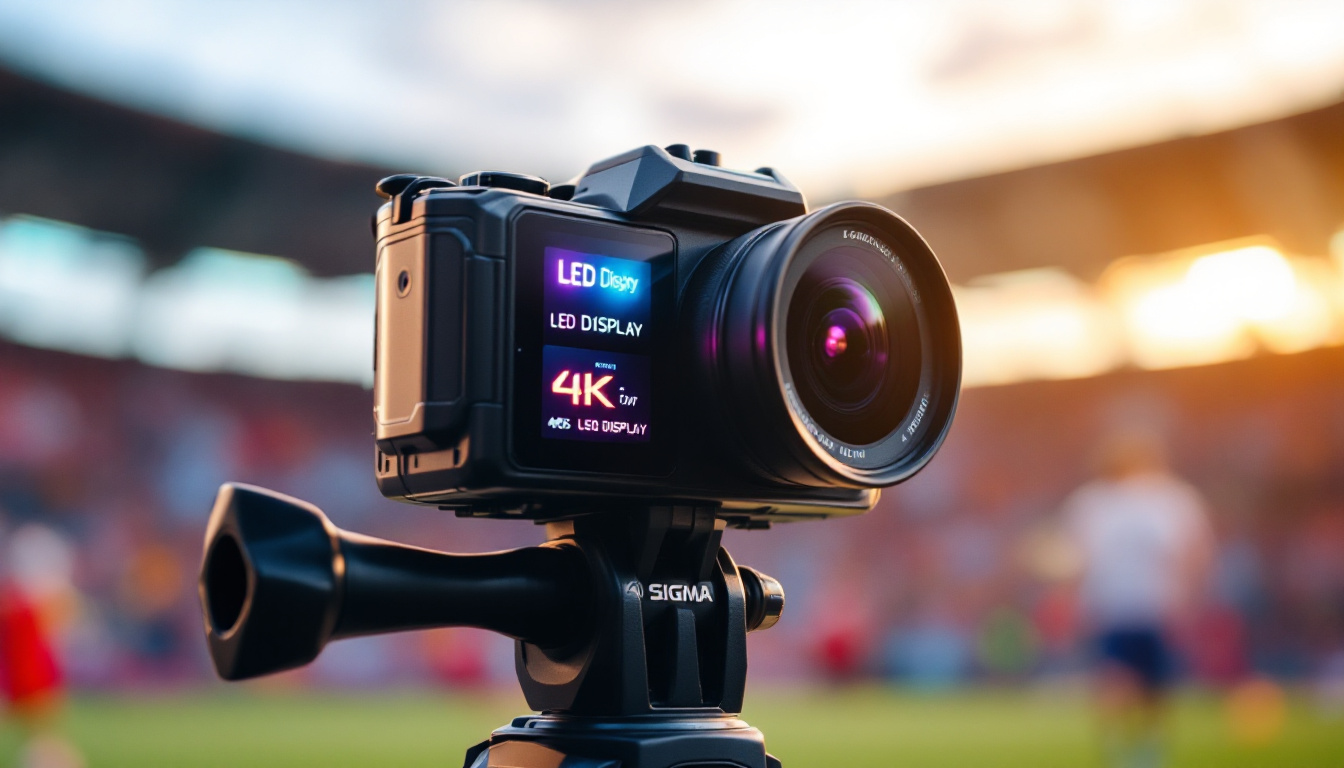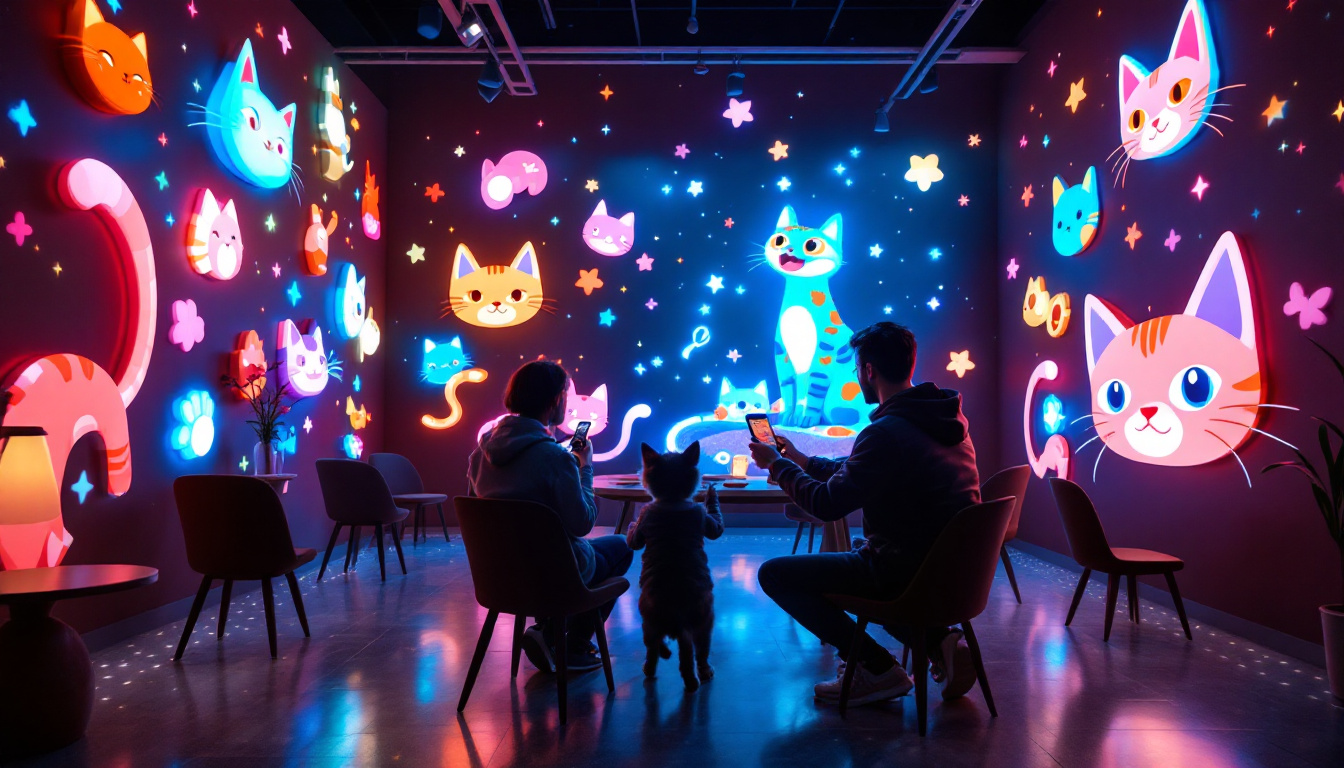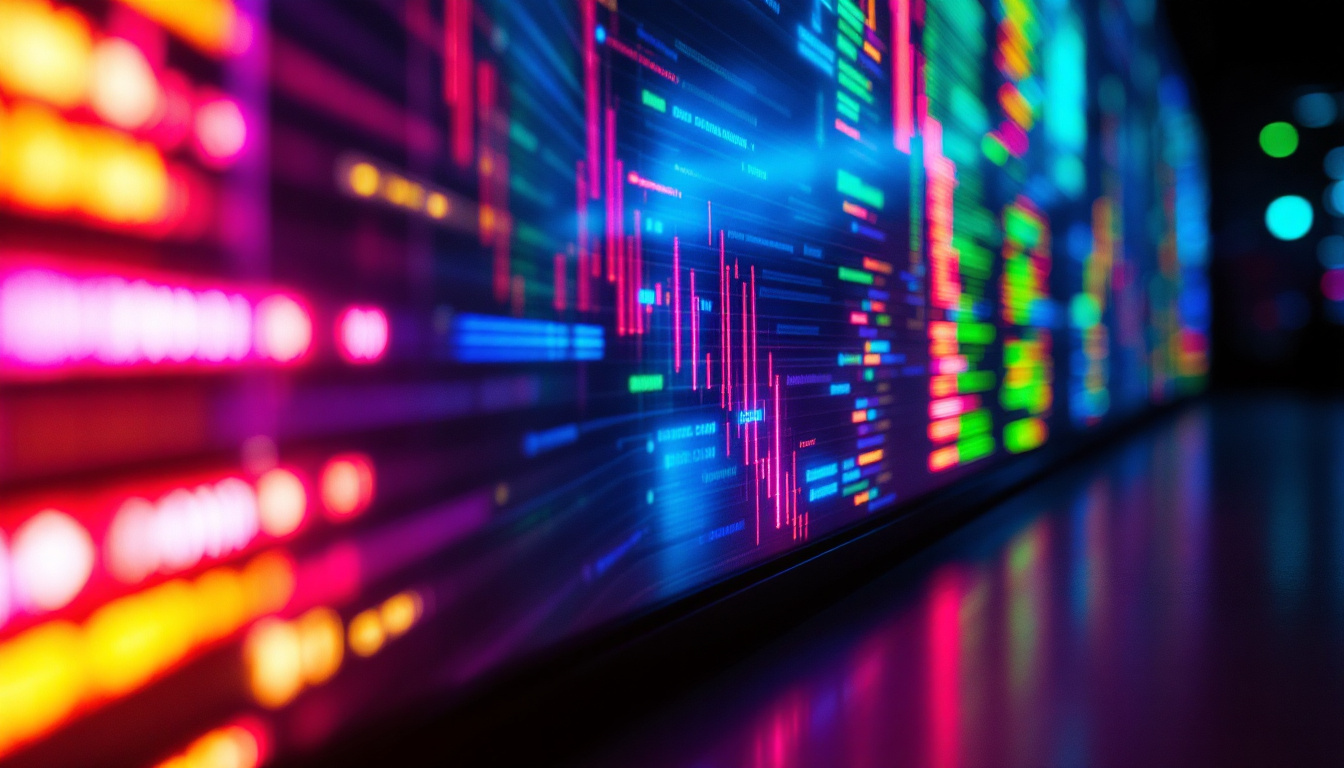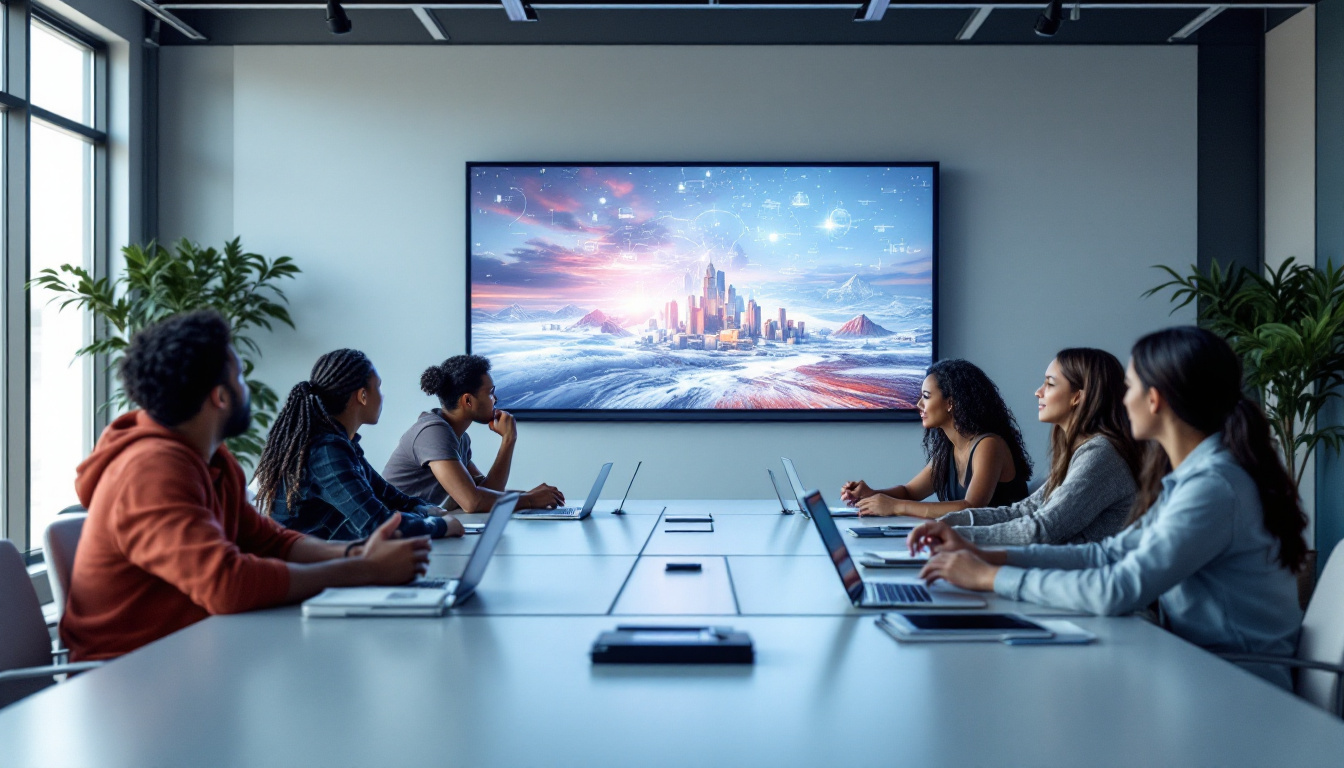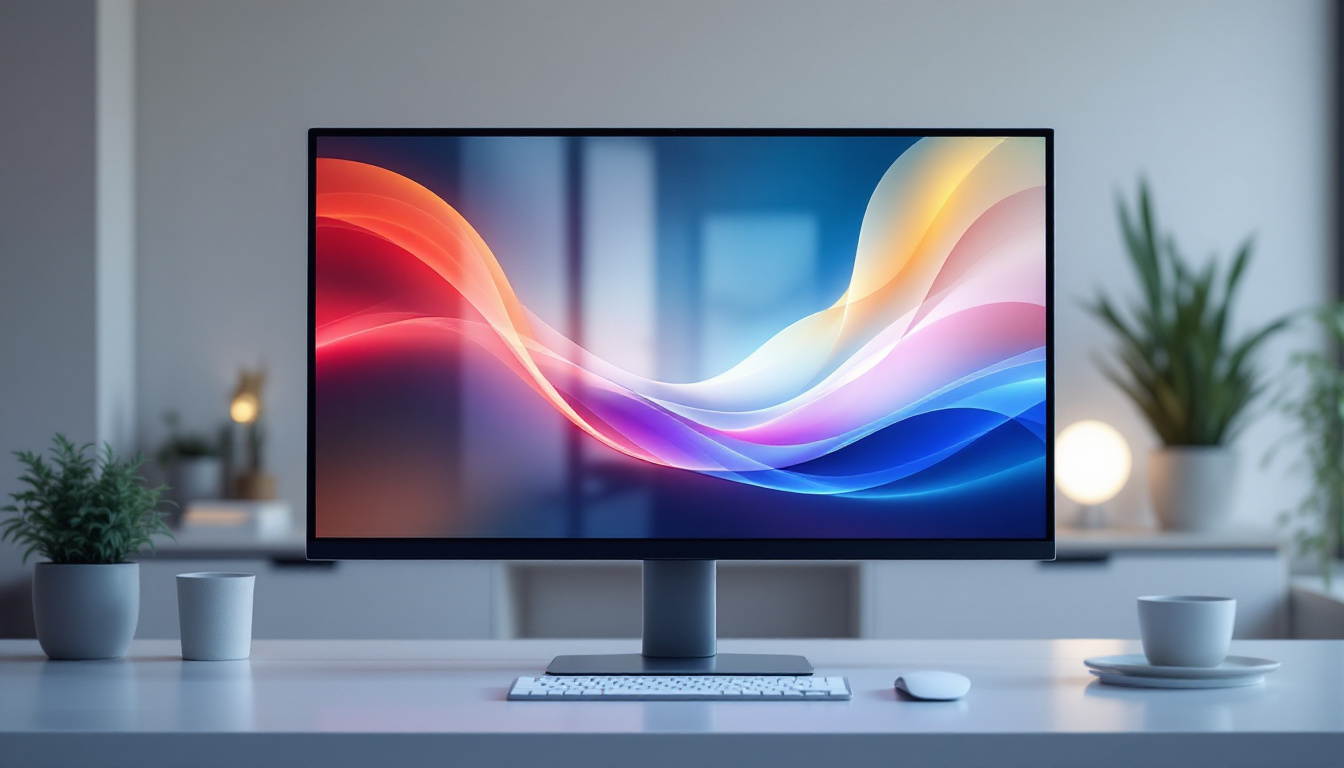In the world of technology, the evolution of display technology has transformed the way we interact with digital content. Among the various types of displays, LED (Light Emitting Diode) technology has emerged as a leading choice for monitors, particularly in the 19-inch category. This article delves into the intricacies of LED displays, their advantages, and why they have become a staple in both personal and professional settings.
Understanding LED Technology
LED technology utilizes semiconductor materials to emit light when an electric current is applied. This fundamental principle is what distinguishes LED displays from traditional LCD (Liquid Crystal Display) monitors, which rely on backlighting to illuminate the screen. The compact size and efficiency of LEDs allow for thinner, lighter, and more energy-efficient displays. Additionally, the longevity of LED technology means that users can enjoy their displays for years without significant degradation in performance, making it a cost-effective choice in the long run.
How LED Displays Work
At the core of an LED display are tiny diodes that produce light. These diodes can be arranged in various configurations, leading to different types of LED displays, such as edge-lit and direct-lit. In edge-lit displays, LEDs are placed along the edges of the screen, while direct-lit displays have LEDs positioned directly behind the screen, providing more uniform brightness and color accuracy. The ability to control each diode individually allows for impressive dynamic range and detail, particularly in scenes with both bright and dark elements.
When an image is displayed, the monitor’s controller adjusts the intensity of each diode, creating a wide range of colors and brightness levels. This process enables LED displays to produce vibrant visuals with high contrast ratios, making them ideal for gaming, graphic design, and multimedia consumption. Furthermore, the rapid response time of LED technology minimizes motion blur, enhancing the viewing experience for fast-paced content like action movies and video games.
Types of LED Displays
LED displays can be categorized into several types, each with its unique characteristics and applications. The most common types include:
- Standard LED: This type uses traditional RGB (Red, Green, Blue) LEDs to create a full spectrum of colors. It is widely used in consumer monitors.
- OLED (Organic LED): Unlike standard LEDs, OLED displays use organic compounds that emit light when electricity is applied. This technology allows for deeper blacks and better color accuracy, making OLED displays particularly sought after for home theaters and high-end televisions.
- Mini-LED: A newer innovation, mini-LEDs are smaller than traditional LEDs and can be used in larger arrays to enhance brightness and contrast, especially in HDR (High Dynamic Range) content. This advancement allows for more precise local dimming, improving the overall picture quality in scenes with varying brightness levels.
Another emerging type is MicroLED, which consists of microscopic LEDs that can be individually controlled. This technology promises to deliver even greater color accuracy and energy efficiency, as well as the potential for seamless, large-scale displays without the bezels that typically separate panels. As the technology continues to evolve, we can expect to see even more innovative applications of LED technology across various industries, from advertising to automotive displays.
Advantages of LED Displays
LED displays offer numerous advantages over older technologies, making them a popular choice for a variety of applications. Understanding these benefits can help consumers make informed decisions when selecting a monitor.
Energy Efficiency
One of the standout features of LED displays is their energy efficiency. Compared to traditional LCDs and CRTs (Cathode Ray Tubes), LED monitors consume significantly less power. This not only reduces electricity bills but also contributes to a lower carbon footprint, making LED displays an environmentally friendly choice. Furthermore, many LED displays come equipped with features such as automatic brightness adjustment, which optimizes power consumption based on ambient light conditions, further enhancing their energy-saving capabilities.
Superior Image Quality
LED technology provides superior image quality, characterized by vibrant colors, sharp contrasts, and deep blacks. The ability to achieve high brightness levels enhances visibility in various lighting conditions, making LED displays suitable for both indoor and outdoor use. This quality is particularly beneficial for graphic designers, photographers, and gamers who require accurate color representation. Additionally, many LED displays support high dynamic range (HDR) content, which allows for a wider range of colors and improved contrast, resulting in a more immersive viewing experience that can bring movies and games to life in ways that older technologies simply cannot match.
Longevity and Durability
LED displays are known for their longevity. With a lifespan that can exceed 50,000 hours, these monitors are designed to withstand prolonged use without significant degradation in performance. Additionally, the robust nature of LED technology makes these displays less susceptible to damage compared to their fragile LCD counterparts. This durability is particularly advantageous in commercial settings, where displays may be used continuously for advertising or information dissemination. Moreover, many manufacturers offer warranties that reflect the reliability of LED technology, providing consumers with peace of mind regarding their investment.
Versatility in Design
Another significant advantage of LED displays is their versatility in design and form factor. They can be manufactured in a wide range of sizes and shapes, from ultra-thin screens that fit seamlessly into modern decor to large-format displays that can be used for events and presentations. This adaptability allows businesses and individuals to choose a display that best suits their specific needs, whether it be for a home theater setup, a professional workspace, or an outdoor advertising campaign. Additionally, advancements in flexible LED technology are paving the way for innovative applications, such as curved screens and even wearable displays, further expanding the potential uses of LED technology.
Choosing the Right 19-Inch LED Monitor
When selecting a 19-inch LED monitor, several factors should be considered to ensure it meets the user’s needs. From resolution to connectivity options, each aspect plays a crucial role in the overall performance of the monitor.
Resolution Matters
Resolution is a key factor that determines the clarity and detail of the images displayed. Common resolutions for 19-inch monitors include:
- HD (1366 x 768): This resolution is suitable for basic tasks such as web browsing and office applications.
- Full HD (1920 x 1080): Offering a sharper image, Full HD is ideal for multimedia consumption and gaming.
- WQXGA (2560 x 1600): For professionals requiring high detail, WQXGA provides exceptional clarity, making it perfect for graphic design and video editing.
Refresh Rate and Response Time
The refresh rate, measured in hertz (Hz), indicates how many times the monitor refreshes the image per second. A higher refresh rate results in smoother motion, which is particularly important for gaming and video playback. Most 19-inch LED monitors offer refresh rates of 60Hz, while some gaming-oriented models may reach 144Hz or higher.
Response time, measured in milliseconds (ms), refers to how quickly a pixel can change from one color to another. A lower response time reduces motion blur, enhancing the overall viewing experience during fast-paced action scenes in games or movies.
Connectivity Options
Modern monitors come equipped with various connectivity options to accommodate different devices. Common ports include:
- HDMI: A standard for high-definition video and audio, HDMI is widely used for connecting monitors to computers, gaming consoles, and media players.
- DisplayPort: Especially popular in gaming and professional environments, DisplayPort supports higher resolutions and refresh rates.
- VGA: While becoming less common, VGA ports may still be found on older devices and monitors.
Applications of 19-Inch LED Monitors
19-inch LED monitors are versatile and find applications across various fields. Their compact size makes them suitable for different environments, from home offices to professional settings.
Home Office Use
In a home office setting, a 19-inch LED monitor provides an ideal balance between screen real estate and space-saving design. It allows for efficient multitasking, enabling users to work on documents while referencing other materials simultaneously. The energy efficiency of LED technology also makes it a practical choice for extended use.
Gaming
For gamers, a 19-inch LED monitor can deliver an immersive experience without overwhelming the setup. With fast refresh rates and low response times, these monitors can enhance gameplay, providing smooth visuals that are crucial for competitive gaming. Additionally, the vibrant colors and high contrast ratios contribute to a more engaging gaming environment.
Graphic Design and Multimedia
Graphic designers and multimedia professionals benefit from the color accuracy and detail provided by LED displays. The ability to view images in high resolution allows for precise editing and adjustments. Furthermore, the wide color gamut of many LED monitors ensures that the colors seen on screen closely match the final output, whether in print or digital formats.
Maintaining Your LED Monitor
To ensure the longevity and optimal performance of a 19-inch LED monitor, regular maintenance is essential. Simple practices can help keep the display in top condition.
Cleaning the Screen
Dust and fingerprints can accumulate on the screen, affecting visibility and image quality. To clean the monitor, use a soft microfiber cloth and a gentle screen cleaner specifically designed for electronics. Avoid using harsh chemicals or abrasive materials that could scratch the surface.
Adjusting Settings
Most monitors come with adjustable settings for brightness, contrast, and color temperature. Regularly calibrating these settings can enhance the viewing experience and ensure accurate color representation. Many monitors also have preset modes for different activities, such as gaming or reading, which can be beneficial.
Proper Placement
Positioning the monitor at the correct height and distance can reduce eye strain and improve comfort during use. The top of the screen should be at or just below eye level, and the monitor should be about an arm’s length away. Additionally, ensuring that the monitor is placed in a well-ventilated area can prevent overheating.
Conclusion
In summary, 19-inch LED monitors represent a significant advancement in display technology, offering a blend of energy efficiency, superior image quality, and versatility. Whether for home office use, gaming, or professional applications, these monitors cater to a wide range of needs. By understanding the features and benefits of LED displays, consumers can make informed choices that enhance their digital experiences.
As technology continues to evolve, LED displays are likely to remain at the forefront, setting new standards for performance and visual excellence. Investing in a quality 19-inch LED monitor is not just a purchase; it’s a step towards embracing the future of digital interaction.
Discover LumenMatrix LED Display Solutions
Ready to elevate your visual experience with a 19-inch LED monitor that embodies energy efficiency, superior image quality, and versatility? LumenMatrix is at the forefront of LED display innovation, offering an extensive range of solutions tailored to meet your specific needs. From captivating Indoor LED Wall Displays to dynamic Outdoor LED Wall Displays, and from versatile Vehicle LED Displays to sleek LED Poster Displays, our products are designed to revolutionize visual communication. Embrace the future of digital interaction and check out LumenMatrix LED Display Solutions today to find the perfect display that empowers your business to shine.

